Years of well-documented quality and delivery problems resulted in the production unit creating a PowerPoint laying out the deficiencies and providing several alternative suppliers. At the end of the presentation, the Sourcing department responded with the comment above and rejected the request.
So why would a Sourcing department ignore a detailed proposal with vetted alternatives for a problematic vender? Because it would negatively impact their KPIs.
When the company created KPI’s for Sourcing, they were all based on pricing, selection speed, projected capacity, and a consistent vendor pool. However, the Production unit’s KPI’s are based on the ability to produce a cost-effective quality product consistently.
The result is two different views of the same vendor.
Sourcing sees a vendor that consistently provides a low-cost product – a good deal.
The Production Unit sees a vendor whose product needs:
Increased quality controls.
Requires rework and repacking.
Increases the cost of production.
The lesson, set KPI’s based on a holistic view of the supply chain.
Cost savings in one department that significantly increase costs in another are terrible for your bottom line.
Questions about choosing the best Sourcing KPI’s? Contact @biz_fixer at bizfix.org.




